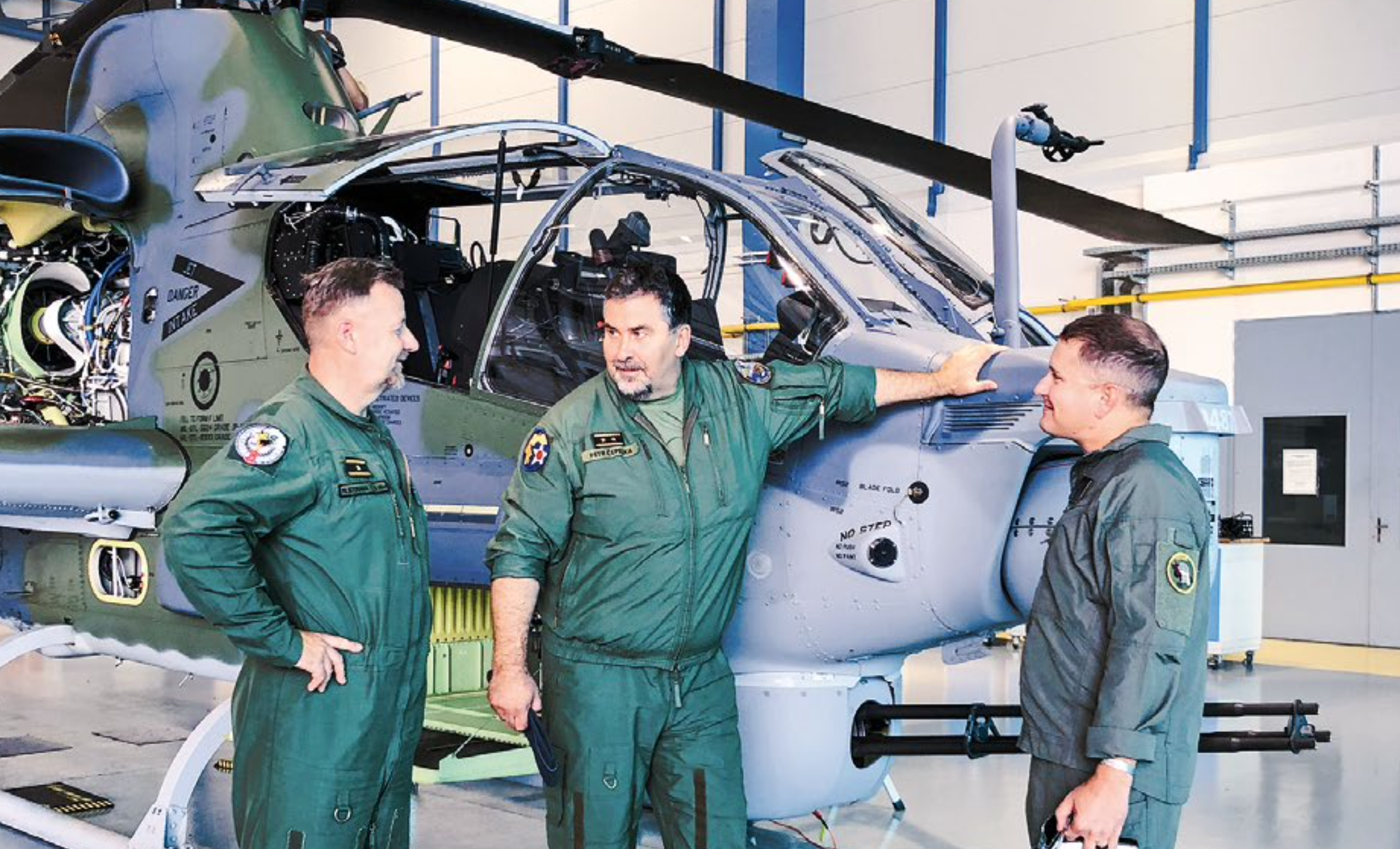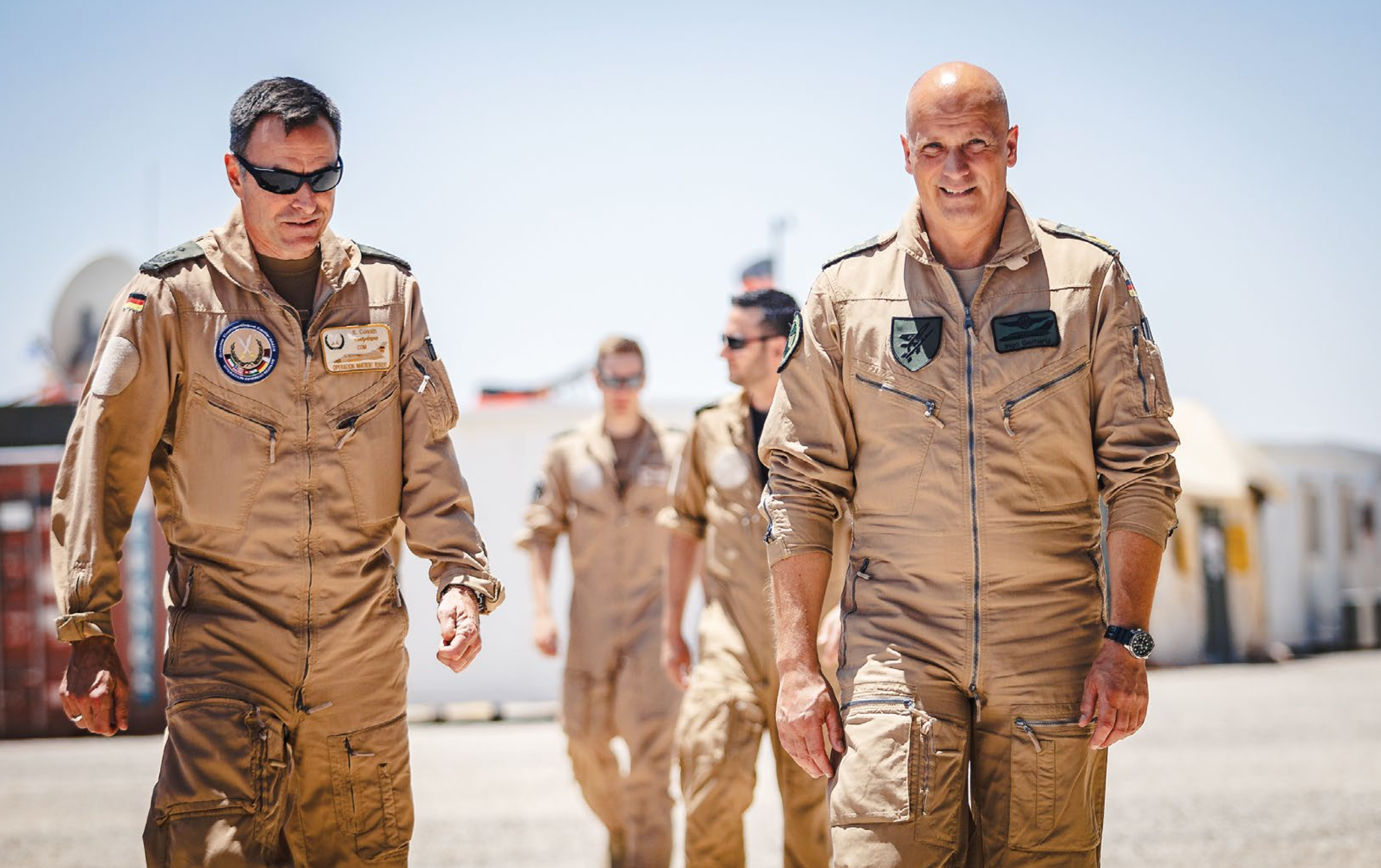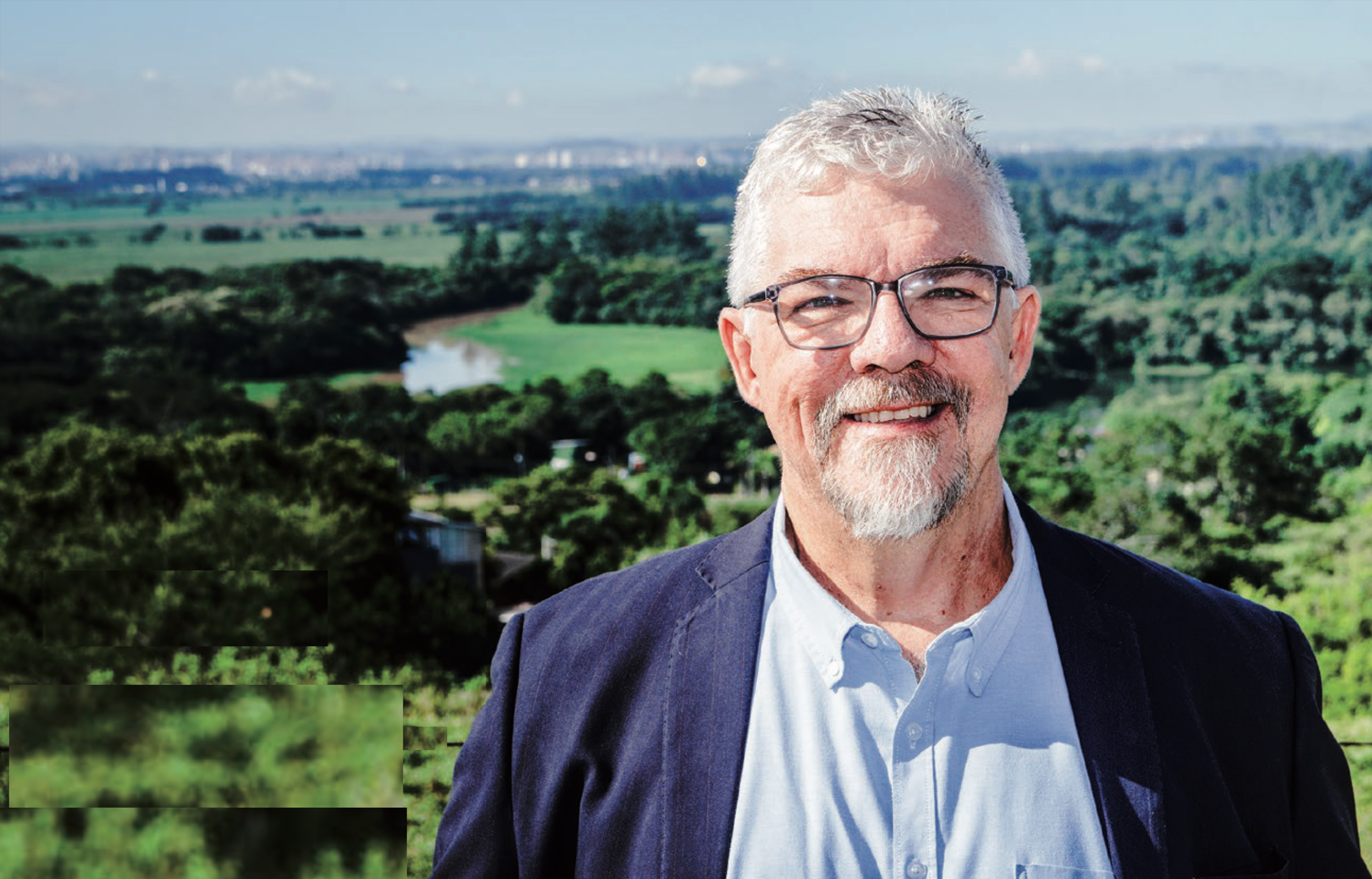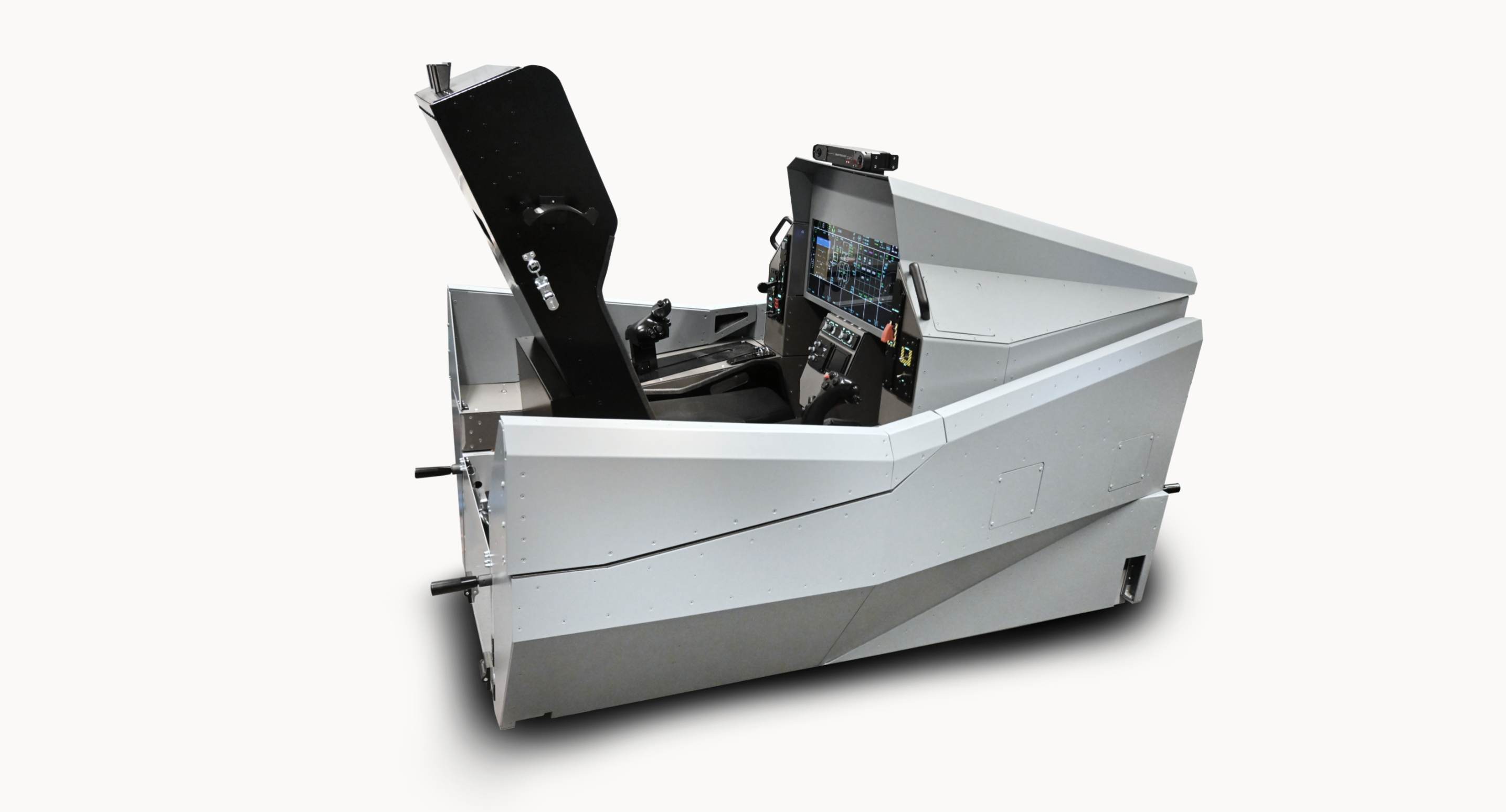An interview with colonel Ing. Tomáš Hytych, the director at Czech Air Force Service
Last year, the Czech Police Aviation Department celebrated its quarter-century with its present structure, although the original Gendarmerie air patrols had a history going back a further sixty years. What is the status of the flight today?
At present, the Czech Police Aviation Department has a theoretical complement of about 190 jobs, with about 160 of these currently occupied, by helicopter pilots, flight technicians, unmanned aerial vehicle (drone) operators, aircraft mechanics and background staff, including management. We currently operate 14 helicopters, of which 8 are EC-135T2 light helicopters and 6 are Bell-412 HP, EP and EPi medium helicopters. We now also operate several drones.
You yourself came to the flight from the Foreigners Police. Although your position is purely managerial, how do you, as someone who is not a pilot, manage an aviation unit? What is this kind of work like, when the management consists mostly of active or former flyers?
Although I am not a pilot but do have a technical education, this department can be led by a manager, and of course it is also through professional cooperation with other members of the management. Nowadays the management of such a unit is not just about flying, but about fulfilling new tasks – such as introducing drones into service, arranging the maintenance and upgrading of helicopters, etc.
Can you describe some typical tasks within the department? Who is actually the biggest user of police helicopters today?
The biggest user of police helicopters is, of course, the police, Integrated Emergency Service units and the air rescue service. Typical tasks include: saving human life with the help of special cameras or the search system hoist day and night. Also, rescue by crane, firefighting using helicopter buckets, transport of rescue teams, special police teams – Rapid Response Teams, Rescue units, dog handling teams, explosives teams, materials, etc. We provide 2 helicopters for the air rescue service for Prague, Central Bohemia, South Moravia and the Zlín region in non-stop operations, and at night across the whole of the Republic, including transportation of transplantation teams and organs.

What makes the police flight unique in the Czech Republic? Does it have any capabilities that other operators do not have?
The police flight is unique in the range of flight activities it performs. This is possible only with high-quality helicopters with special equipment and with professional pilots and mechanics. The police flight always flies with 2 pilots who are trained for flights at night using night vision goggles, infra-red searching system, etc.
How many hours does the flight fly each year, and how many pilots and technicians does it need for this? Are staff numbers adequate for this?
The flight annually flies around three and a half thousand hours of net flying time, using 37 pilots and 8 flight engineers.
How are police pilots and other professions recruited? Do they need to be police officers?
Recruiting pilots is a major challenge for us because we urgently need to recruit at least 10 pilots. Pilots fall into 2 groups: pilot–police officer and pilot–civilian employee. For the civilian group the requirement is a commercial pilot licence/H and the number of hours flown as required for an aircraft captain. The conditions for the pilot–police officer are slightly different: they have to pass the admission procedure for a policeman, i.e. psychometric tests, physical tests and a medical examination, and have at least a bachelor-level technical degree and a private pilot licence/H.
The government sector has been struggling for a long time with retaining qualified personnel, which can generally receive better remuneration in the civil sector. How are you dealing with this problem, what options do you have?
Retaining high-quality qualified staff is a problem for the flight – starting salaries for mechanics even with a university education are lower than, for example, at Lidl or at Amazon. We have the major plus of a secure monthly salary, vacation and options for professional development in the form of specialised training abroad. In spite of this, we have difficulties recruiting new young staff as aeroplane mechanics.

In the past, the deployment of the department changed and regional centres were planned; today the situation has consolidated around two bases. What is the outlook in this area? Are two bases sufficient to cover the Czech Republic?
For about 2 years we have another small hangar available at the Regional Directorate of the Fire Rescue Service of the Moravian-Silesian Region in Ostrava – Zábřeh; here one helicopter operates on an occasional basis. We currently operate helicopters in the H24 system (continuous operation) at the Prague and Brno air safety services, as well as 24H in Prague for police activities and Integrated Emergency Services and H12 (daily operations) for police activities and Integrated Emergency Services in Brno. The strategic goal for us in the future is to secure H24 for police activities and the integrated services in Brno and, if there is enough staff, to extend the operation of at least the Bell-412 rescue helicopter to the regions of North Moravia and South Bohemia. Starting next year, we expect to start operations of drones in Prague, Brno, České Budějovice and Ostrava.
One has to ask about the hangar in Prague Ruzyně Airport, of which the reconstruction or rebuilding has been a subject of discussion for over three decades. Has there been any development in this area?
The construction of Hangar D at Prague Airport Ruzyně – several times we have had the impression that we will start, but we are still in negotiations with the airport – for 8 years, just in my case alone, but we are still practically at the beginning. But I do firmly believe that this year we will at least decide whether to build a new hangar on a new site or undertake complete reconstruction at the existing site. This year, at least, the air service Prague base should be modernised with the assistance of the Prague Ambulance Service and Prague City Hall.
There have been two EC-135 helicopter accidents in recent years. What is the current fleet? Have these machines been repaired?
During my time at the air service, a damaged EC-135 helicopter, OK-BYD, has been repaired after an accident as well as an EC-135 helicopter, OK-BYA, which was dropped from service when it could not be sold after several air service bases were closed by the police in 2008. In addition, our most modern Bell-412 EPi helicopter was purchased in 2015 and at the end of this year a new EC-135T3 helicopter should be delivered. On the EC-135 helicopter, OK-BYB, which was damaged in an incident last December – we are still waiting for Airbus to say whether it can be repaired and for how much. We would definitely want to repair it, but everything still depends on negotiations with the insurer.
Compared to many neighbouring countries, the Czech Republic has been able to upgrade its aerospace technology over a period of time and the unit is one of the most modern in Central and Eastern Europe and can bear comparison with many Western European units. What modernisation steps would you like to take in the coming years?
In the next few years we would like to replace Bell-412 HP helicopters, which we have been flying for more than 25 years with newer types and to unify the Bell-412 EPi line, which is also compatible for night flying; it would also be good to upgrade the EC-135T2 helicopters to newer models. As you have surely learned from the media, the Ministry of Interior is preparing a tender for 2 heavy helicopters, so we will see.
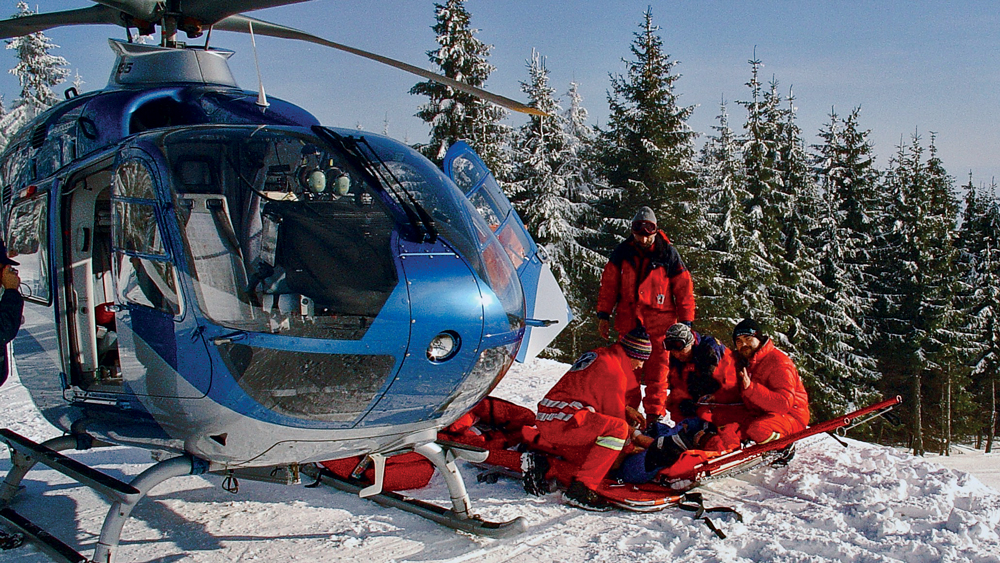
Yes, there is information in the media about the requirement to purchase two heavier helicopters. What will their role be and can the flight make adequate use of them? After all, even the Mi-8 helicopters were not fully utilised.
I no longer remember the Russian helicopters at the flight, but the type of aviation activities has changed fundamentally since we operated them. These helicopters will certainly be useful, in particular, for the transport of rapid response intervention teams or regional directorate rescue units. They will also be used in the integrated emergency services- a helicopter bucket can have a volume of up to 3000 litres of extinguishing agent, unlike today’s 960 litre buckets. Due to the increased load on the suspension, support or rescue materials can be transported faster to inaccessible locations; one requirement for this type of helicopter is the de-icing of the rotor blades making it possible to fly under difficult weather conditions, something we cannot do at the moment.
Is the flight planning to purchase any other types of equipment? Did you mention that the unit is planning to operate unmanned vehicles, which in many police services are also subordinate to the police aviation services?
The flight currently operates one unit of unmanned aerial vehicles from Prague, but next year we should have other bases in Brno, České Budějovice and Ostrava. These are professional drones fitted with special equipment. Since their introduction last year, we have flown 350 hours, of which about 250 were “live” for various police forces.
Several years ago, the legal definition of police aviation technology, which now falls directly under the Czech Ministry of Interior, was finally resolved. However, a similar body cannot, of course, be capable of following all changes in European legislation. How do you ensure compliance with the rules for movement in the common aviation area?
Of course, we try to follow all legal regulations not only in the Czech Republic, but also the EC regulations and then apply them. We work closely with the Ministry of Transport, the Civil Aviation Authority and Air Traffic Control.
For most readers, police work involves various activities that cannot be performed with civilian helicopters. In what ways may a flight depart from the established rules of flight?
The specifics of operating a police flight are, of course, determined by civil regulations, but also by the option to grant flight exemptions – i.e. landing in the terrain day and night, overflying certain areas in the Republic where traffic is prohibited – e.g. over Prague Castle, protected areas, military areas, etc.
For example, is firing from a helicopter permitted?
Of course, there is also training with snipers working from a helicopter, but they are only used where there is a direct threat to the health of citizens or to property – this is arranged by the relevant department, we only provide transport and air support.
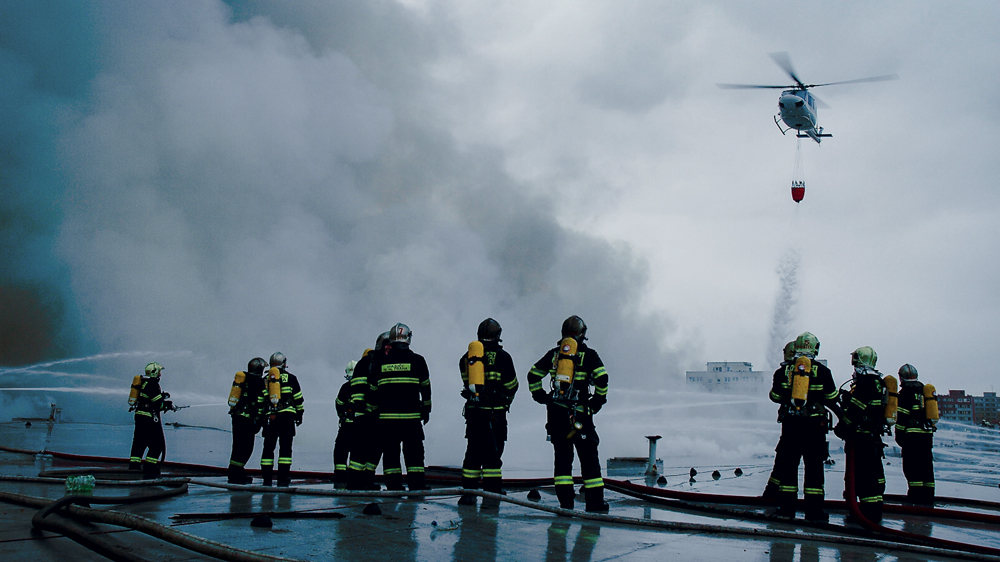
The Czech Police was one of the first units in the region to fly at night even under difficult conditions. Today the flight regularly uses night vision goggles. Are you planning to introduce other new features, such as laser obstacle detection or the synthetic vision system?
Laser obstacle detection and synthetic vision system are currently not under consideration.
Some Western European police aviation services are beginning to introduce elements of artificial intelligence, for example helping to plan precautionary flights based on software-based crime information for a given area, with similar systems having proved to be effective. Is the flight working with ordinary police departments on something similar?
The flight is collaborating with other departments in particular on a new type of connection, image transmission directly to the control centres or notification from helicopters to units involved in joint events.
The public may notice police helicopters in particular during their monitoring of public events. Can you reveal what helicopters are doing in the air during such cultural and sporting events?
This is about monitoring the movement of fans or traffic density around stadiums or various sporting and cultural events. The advantage for commanding officers is the ability to see traffic or movement of people in real time using the helicopter transmission.
Historically, one of the best-known police tasks was monitoring traffic for the Green Wave (traffic) radio broadcast. Does the flight still provide support for the traffic police?
Of course, the flight still provides support for the traffic police, but this is no longer the “Green Wave”, but specific monitoring of traffic, various detours and repairs to motorways and main roads; currently we are heavily involved in traffic control in Brno, where there are extensive repairs to some of the main traffic routes. We also provide support during traffic safety campaigns e.g. before Easter, the summer holidays etc.
The flight was involved in the establishment of the Air Rescue Service in the Czech Republic and today it is one of its pillars. In this context, the government decided not to create the originally planned “state operator”. What does this mean for the flight?
Currently, the Ministry of Health is preparing a tender to take up 8 air rescue bases. If these bases are to be formed by operators other than the police and the army, the Police will continue to provide the base in Prague – Ruzyně and the Army that in Plzeň, perhaps this will free up pilots from the flight to introduce H24 in Brno.
The Air Rescue Service in the Czech Republic is provided by several types of entities. How does cooperation between them work?
Collaboration between these entities consists of sharing experience with the operation of the Air Rescue Service, including the use of new technologies, and the possibility of refuelling across the Republic. There are regular meetings between Air Rescue Service and emergency medical service operators.
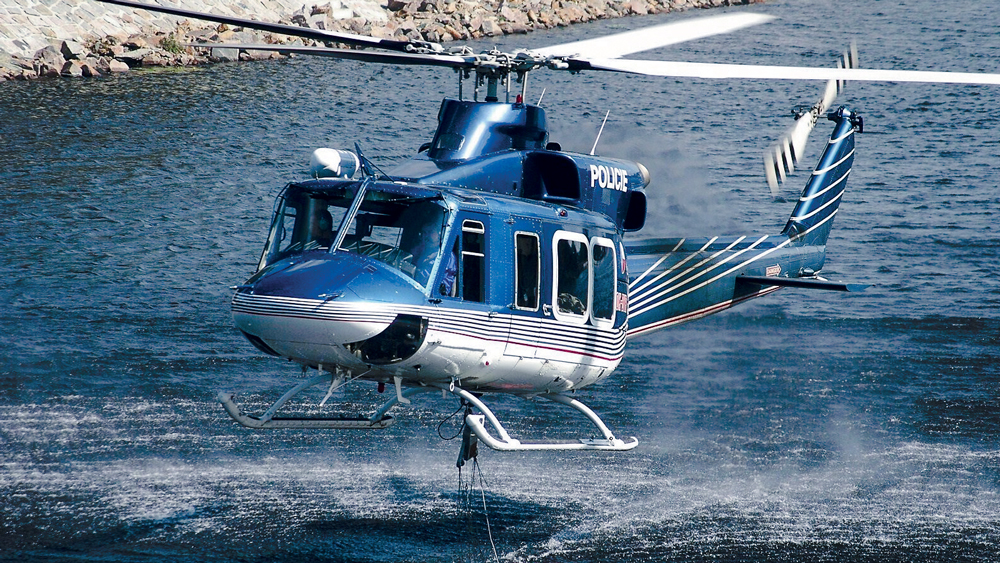
In the field of aerial firefighting as well, the flight is a key provider of aviation technology. In some years, when the Ministry of Agriculture failed to provide commercial operators, you together with the Czech Army provided aerial firefighting in most areas. Can you tell us what aerial firefighting really means?
This is mainly firefighting using helicopter buckets; the flight currently uses a 960-litre bucket of extinguishing agents. We also transport rescue teams to intervene e.g. in traffic accidents, and life-saving equipment and materials to inaccessible areas. The EC-135 helicopter is used to monitor fires and subsequently we use not only helicopters, but also drones to check areas that have been extinguished to ensure that they are not rekindled. We also have the task of training air rescuers – professionals and training in helicopter bucket filling for some volunteer fire brigades.
Are there any plans for new developments in connection with the long-term droughts?
This is more of a question for the fire brigade.
In the past, the flight has been involved in aerial firefighting abroad. Today, cross-border cooperation is often discussed with regard to legislation. This is easier for the emergency services, but is there something similar for the police so that, for example, a perpetrator near the German border could be watched by a Czech helicopter located closer than its German counterpart? How does cross-border cooperation work?
Cross-border co-operation is exclusively in the purview of the border regional police directorates, but the flight is, of course, involved in searches in border areas, the transfer of witnesses or perpetrators abroad, in collaborative exercises or in interventions with the foreign police of neighbouring countries. Last year, we were ready to send a helicopter with a crew to help fight large-scale fires in Sweden, but the Swedish request was later cancelled. We are also preparing the use of drones for Frontex events.
What is the biggest challenge facing zhe flight today?
The biggest challenge for us is the modernisation of hangar “D” in Prague and the stabilisation of the personnel situation, be they pilots or mechanics. When I say that this is not a simple task for us, I really mean it.
Interviewed by: Jakub Fojtík
Photo: author, Czech Police Aviation Department

